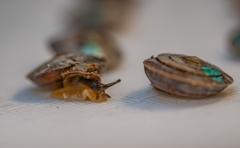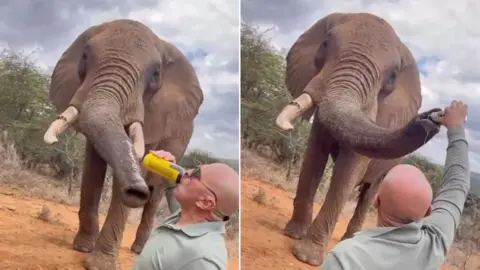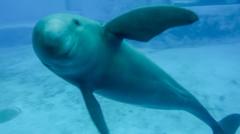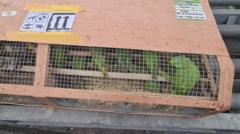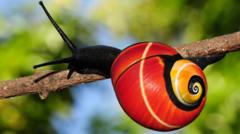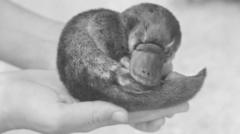More than 1,300 pea-sized snails, bred at Chester Zoo, have been released on Bugio Island, part of the Desertas Islands archipelago. This release revives two species of land snails that had been suspected to be extinct for the last century. Earlier conservation expeditions, conducted between 2012 and 2017, uncovered a small group of 200 snails surviving among rocky cliffs on Deserta Grande, near Madeira.
In an effort to protect these species, conservationists collected the remaining snails and transported them to various zoos, including Chester Zoo, which established a habitat for 60 of them in a transformed shipping container. Under controlled conditions, the zoo successfully bred 1,329 offspring, which were marked with non-toxic identification dots before being released into the wild.
Conservation biologist Dinarte Teixeira shared, “This colour code will help us monitor their growth, survival, and adaptation in their natural environment.” The previous threats to the snails included invasive rats, mice, and goats that devastated their habitat. However, Bugio Island has been restored as a nature reserve, devoid of these predators, providing a safe haven for the newly released snails.
Gerardo Garcia from Chester Zoo described the reintroduction as a significant accomplishment in the recovery efforts of this endangered species. “This is a huge team effort that shows it is possible to save threatened species,” he stated. The snails play an essential role in their ecosystem, aiding in the breakdown of organic matter and enriching the soil, contributing to the growth of plants.
As the team looks forward to monitoring the newly released snails, further introductions may follow in the upcoming spring if this initial release proves successful.
In an effort to protect these species, conservationists collected the remaining snails and transported them to various zoos, including Chester Zoo, which established a habitat for 60 of them in a transformed shipping container. Under controlled conditions, the zoo successfully bred 1,329 offspring, which were marked with non-toxic identification dots before being released into the wild.
Conservation biologist Dinarte Teixeira shared, “This colour code will help us monitor their growth, survival, and adaptation in their natural environment.” The previous threats to the snails included invasive rats, mice, and goats that devastated their habitat. However, Bugio Island has been restored as a nature reserve, devoid of these predators, providing a safe haven for the newly released snails.
Gerardo Garcia from Chester Zoo described the reintroduction as a significant accomplishment in the recovery efforts of this endangered species. “This is a huge team effort that shows it is possible to save threatened species,” he stated. The snails play an essential role in their ecosystem, aiding in the breakdown of organic matter and enriching the soil, contributing to the growth of plants.
As the team looks forward to monitoring the newly released snails, further introductions may follow in the upcoming spring if this initial release proves successful.

